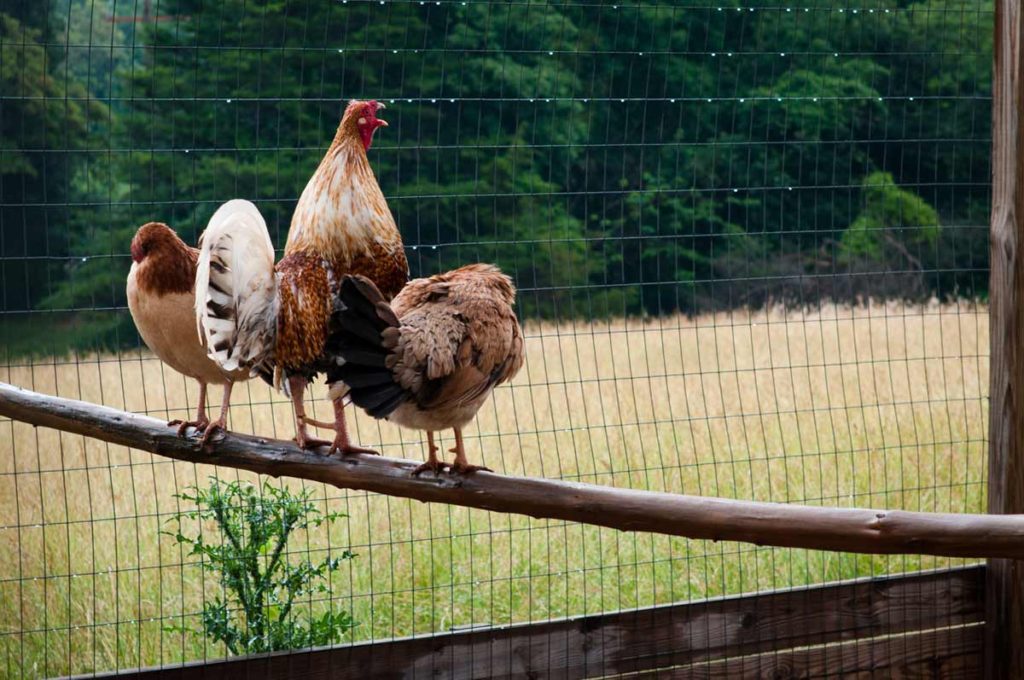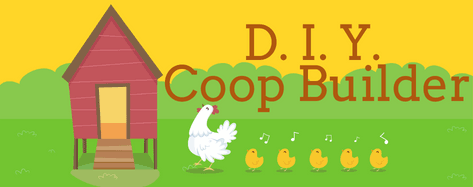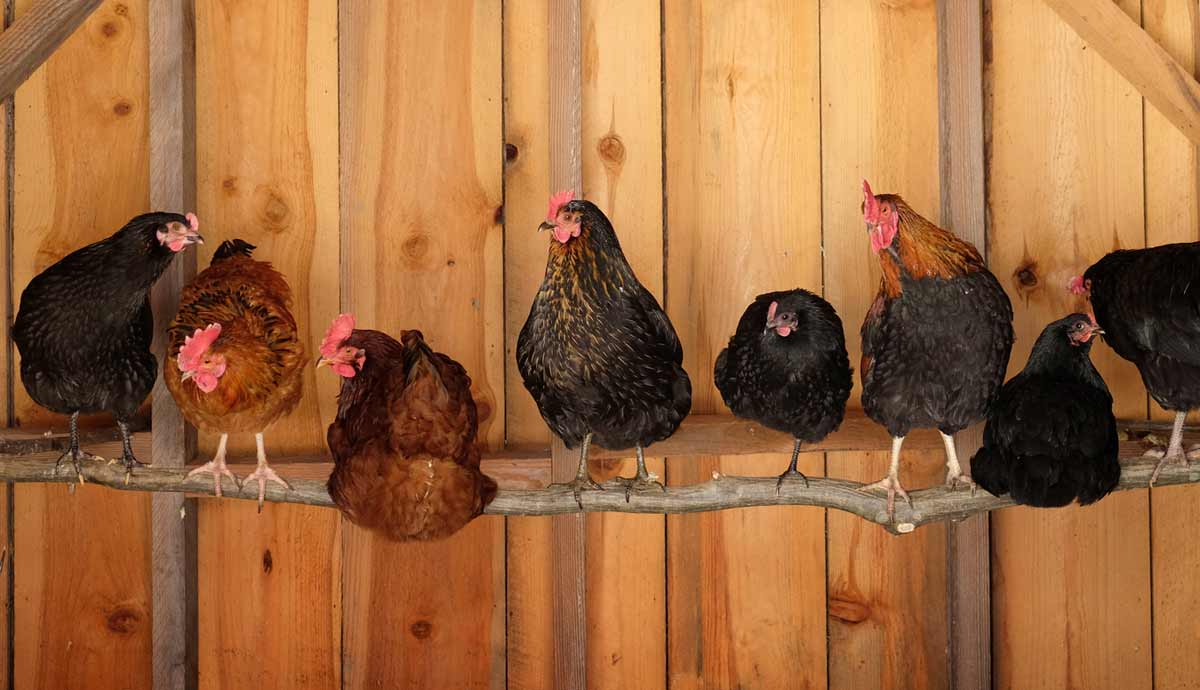As a coop owner, you might already be aware of the fact that chickens like to perch at night when they sleep. This habit is inherited from their ancestors. Gallus gallus, more commonly known as the red jungle fowl, is a wild form of the ancient chicken which often used to find a high place to perch every night to get away from the floor predators.
While your hens may not need to fend off any predators, they still need chicken perches to roost on. A higher place above the ground where they can sleep every night is quite crucial. You’d think there isn’t much to perches, but there can be various factors involved.
What Is a Roosting Perch?
If you’re a beginner to backyard chickens, you might be confused about what perches are? Simply put, a perch is a place high above the ground for chicken roosting where your birds spend their entire night. Often, birds get close together with their flock mates, especially in the winter months, for extra body heat and comfort.
A perch and a roosting perch are different terms when it comes to chickens. A general chicken perch is anywhere your chicken may decide to sit on. It may sit on the top of a gate to watch her flockmates or on a bale of straw for a quick nap.
On the other hand, a roosting perch is a definite place that your chicken spends her entire night sleeping upon.
The Importance of a Roosting Perch
Without a roosting perch, your coop is deemed incomplete. There are various reasons why you need to have one in your chicken coop.
- Chickens tend to be sound sleepers. Perching up above grants a feeling of safety within them. It is an instinctive process that kept their ancestors safe from predators.
- Perching also keeps them safe from any bacteria and pathogens that might accumulate due to the waste and general uncleanliness of the ground.
- Furthermore, perching keeps them safe from parasites such as mites and lice. These parasites tend to live in the huge piles of straw where it is damp and dark.
- Chickens seem to take their pecking order quite seriously. Those higher in the pecking order are given higher places to perch while the weaker members of the flock are left closer to the ground. This isn’t possible if they sleep on the ground, where they are is equally vulnerable to attacks.
Height of the Perch
The height of the perch depends on the type of flock you own. It can be anywhere from 1.5 feet to about 3 feet in height.
When to Consider Higher Perches
The general rule of thumb is that smaller birds tend to enjoy higher perches. So, you can try building higher roosts for them, granted there is enough space for them to comfortably perch. At the same time, the perch shouldn’t be too high that you have trouble cleaning it.

When to Consider Lower Perches
For older birds, you can try placing a few perches below so they don’t have to jump too high, especially if they’re dealing with osteoarthritis.
In addition, if you have larger or heavier birds, a higher perch can lead to foot and leg injuries. This is because when they jump down, most of their weight is transferred to their feet. Large fowl such as Jersey Giants, Orpingtons, and Phoenix are more comfortable with lower roosting perches.
Width of the Roosting Perch
After you’ve determined the accurate height, it’s time to determine the size. Unlike other birds, hens do not grip the perch with their claws. Instead, they prefer to keep their feet flat on the perch. Thus, your perch should be wide enough to accommodate their feet.
Ideally, it should be about 2 to 4 inches in width. It helps prevent any frostbite in the winter months as well. If you keep smaller chickens such as a bantam, then you can try reducing the width to about 1 inch. In case you have a mixed flock, it is ideal to go with multiple perch sizes to accommodate all of your chickens.
Spacing
Build your roost in a way that it allows about 8–10 inches of space between each hen. Having a snug space might seem okay during the winters as your chickens tend to bunch up together for warmth. However, during the summers, they tend to space out to allow cool air to pass between them.
Problems with Roosting Perches
It is crucial that you understand what problems you can face with roosting perches to ensure you don’t have any. Chickens usually perch with their keel bones resting between their feet on the perch. So, all the weight of their bodies is concentrated on their feet and their keel.
Thus, a bumpy perch can lead to discomfort and various leg and foot problems. Some of these common problems include:
- Pododermatitis is an irritation or an infection that chickens can get on the sole of their feet if the perch is too rough.
- Bumblefoot is caused when a foreign body enters the foot and causes an infection. It can also be a result of a break in the skin. The disease can affect the mobility of your hen and can leave her in excruciating pain that can even result in death if not treated.
- Pressuresores as a result of an uneven perch can develop in their feet. It can often lead to an infection. These sores might also be a result of awkward landings. Whatever the case, it can lead to decreased egg production.
Final Thoughts
The perfect chicken perch entirely depends on your flock. Consider their size and weight and then determine what size and height the perch should be. If you can’t find any on the market, you can easily DIY it. If you can, try to make removable ones so you can easily replace them or take them out for cleaning.
While you sleep in the comfort of your warm bed, why shouldn’t your chickens have the liberty of the most comfortable perch? So, are you ready to deliver it to them?

